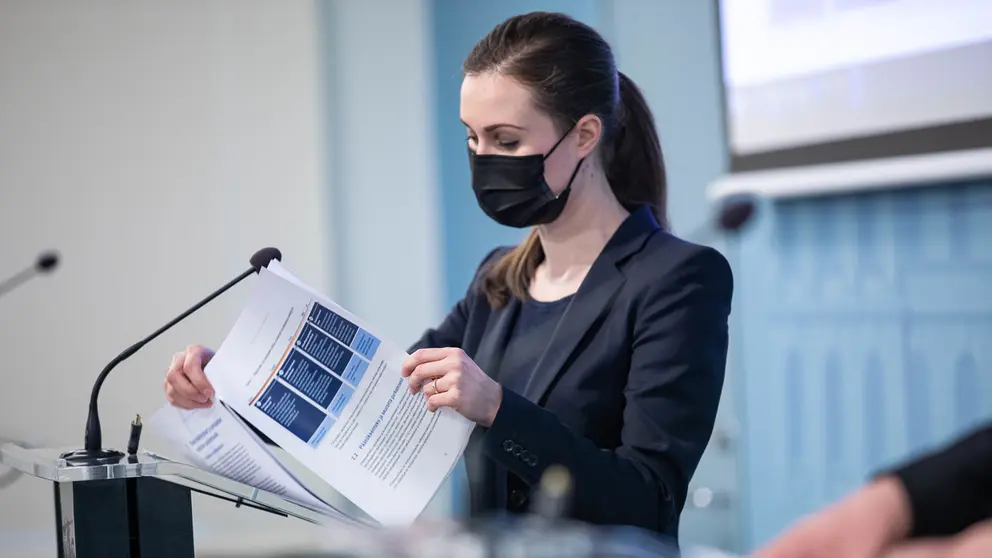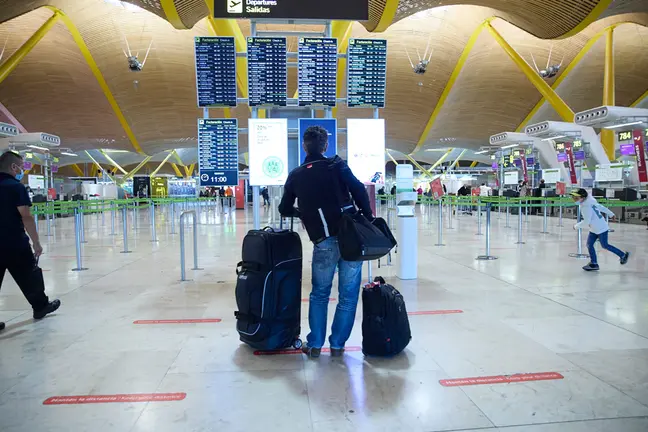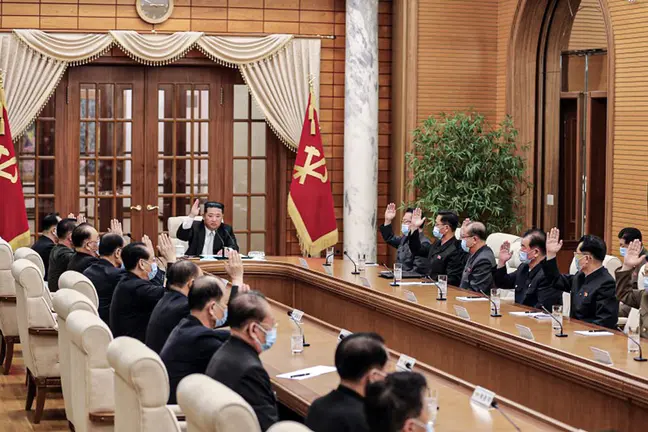The government released on Friday a detailed plan to lift the restrictions imposed due to the Covid-19 epidemic, along with a target timetable, for consultation.
The Finnish executive is requesting comments and opinions on the plan over the next seven days.
In addition to the public consultation round, the government intends to hold a separate event to discuss the plan with labour market organizations and municipalities.
According to a press release from the government Communications Department, the purpose of the plan is to give the public, businesses and communities a clear picture of how society will gradually open up.
"The dismantling of restrictive measures requires everyone to act responsibly and continue to follow the existing restrictions and recommendations. If we manage to keep the Covid-19 epidemic under control in April and May and vaccines are progressing steadily, we may meet the requirements set for transitioning towards normal life in Finland in June and July," the government says.
Lifting the restrictions
The plan lays out the principles and epidemiological preconditions for the lifting of restrictions and includes a target timetable detailing the stages at which the restrictions will be removed.
However, government wants that it is possible that the restrictions will need to be continued, reinstated or tightened again in certain regions if the development of the epidemic so requires.
The government will reassess the conditions for lifting the restrictions and update the set timetable every two weeks.
April – state of emergency ends
- The powers granted under the Emergency Powers Act will no longer apply.
- Transition to contact teaching (comprehensive school education and upper secondary education).
- Restaurants will open with certain restrictions; opening hours and the number of customers will still be restricted.
Older people have received their first dose of the vaccine.
May – strict restrictions lifted
- Restrictions imposed due to the threat of a fast acceleration of the epidemic will be removed; return to regional measures.
- Children and young people may take part in outdoor group hobbies.
- Public and private premises (incl. libraries and museums) will reopen.
- Commuter traffic within the EU will be possible.
People in risk groups have received their first dose of the vaccine.
June – regional restrictions gradually lifted
- Restrictions on gatherings will be eased.
- Restrictions on restaurants’ customer seating and opening hours will be eased.
- Adults may take part in outdoor group hobbies.
- Public events will resume with restrictions on the number of participants.
- Internal border control will end.
Vaccination coverage of working-age population having received their first dose of the vaccine is more than 50%.
July – vaccination coverage increases
- Restrictions on gatherings will be eased and removed.
- Restrictions on the number of participants in public events will be eased and removed.
Working-age population has received their first dose of the vaccine and older people and people in risk groups have received their second dose of the vaccine (July-August).
August – vaccination coverage increases
- Commuter traffic to and from third countries will possibly resume.
Working-age population has received their first vaccine dose and older people and people in risk groups have received their second vaccine dose (July-August).
Activities for children, youth
In the Government’s view, it is important for the lifting of restrictions to begin with groups that have been particularly affected by the restrictions.
The first step will be to lift the restrictions affecting children and young people.
The aim is for libraries and museums to be largely open by May.
Government also considers it "important" to update the restrictions and recommendations concerning older people once more information is available on the protection provided by vaccines.
First public events in June
The restrictions on public events would be lifted in three stages as outlined in the “safe events” model drawn up by a working group appointed by the Ministry of Education and Culture.
The main premise is that first public events could be held in many regions in June.
In the first phase, public events could be organized in such a way that attendees have pre-assigned seats and that groups would be able to avoid close contact with others.
In regions where the epidemic situation is very good, public events could be organized even earlier with the permission of regional authorities.
During this phase, it would also be possible to organize larger public events so that the maximum number of attendees would be determined based on the size and characteristics of the space reserved for the event.
In the third phase, the restrictions would be lifted completely as soon as the epidemic situation permits.
Restrictions on businesses
Government expects that the controlled lifting of restrictions and the target timetable "will also help businesses recover from the Covid-19 crisis and plan their activities."
The sectors most affected by the pandemic, such as restaurants, tourism and the events sector, are expected to "recover quickly as society opens up," according to the plan.
The costs of correcting the economic and social impacts of the crisis will be addressed in the government session on spending limits at the end of April, in the preparations for the 2022 budget and in the Sustainable Growth Programme for Finland. They are not addressed in this plan.
Restrictions on entry into the country
Entry into Finland has been restricted and border control has been reinstated at Finland’s internal and external borders since 17 March 2020.
"The current decisions will remain in force until 30 April. Internal border control will continue until it can be replaced with sufficient health security measures," the government says.
At the same time, the dismantling of restrictions on traffic will begin in reverse order.
According to current estimates, the aim is to open up traffic in border communities, commuter traffic and the travel of families and relatives within the EU’s internal borders between May and June.
Internal border control can be discontinued altogether once enough of the adult population has been vaccinated and the epidemiological situation is stable. The current estimate is that this could be the situation in June.
Commuting from third countries could be opened in the early autumn, and other travel from third countries could resume as the epidemiological situation eases.
The opening up of traffic from third countries will take into account the EU’s recommendations and the common EU approach.












